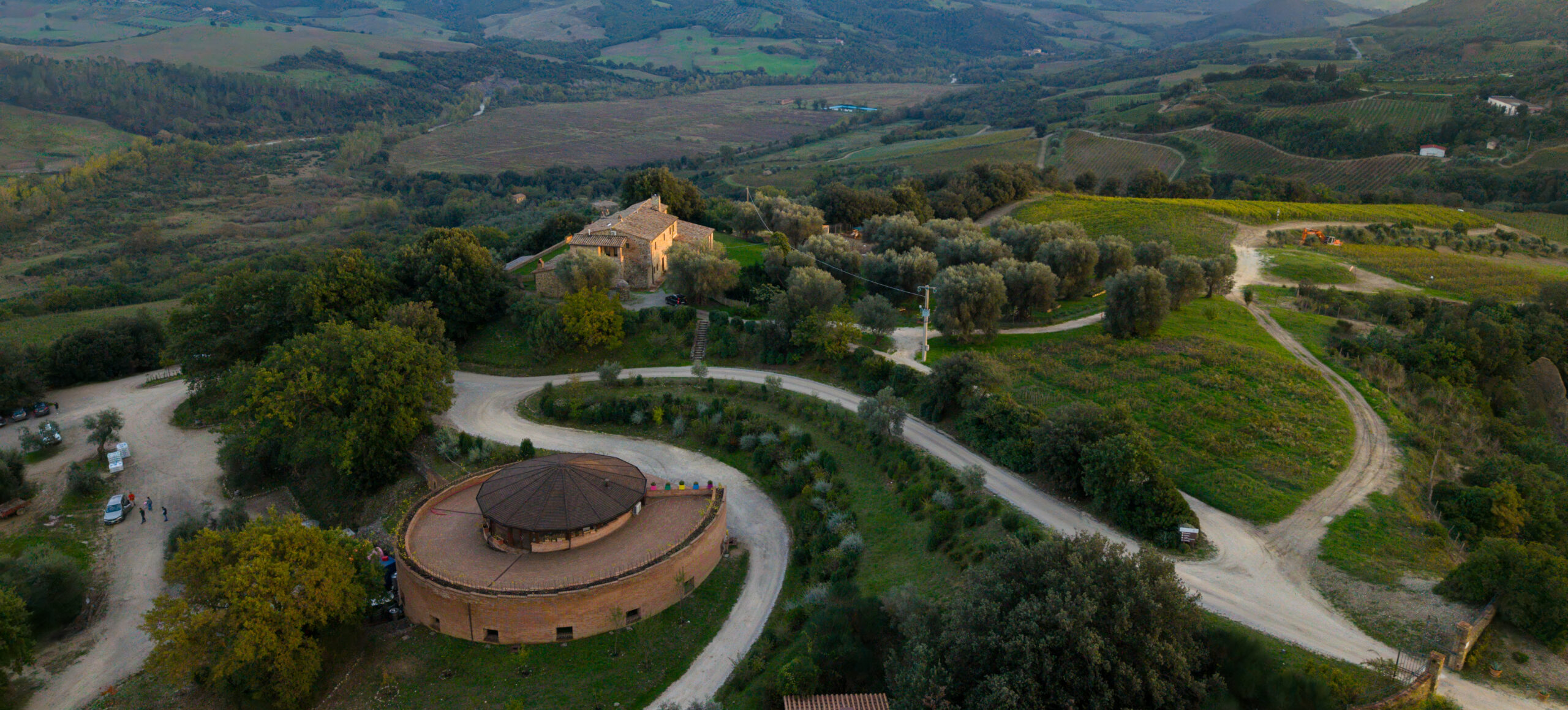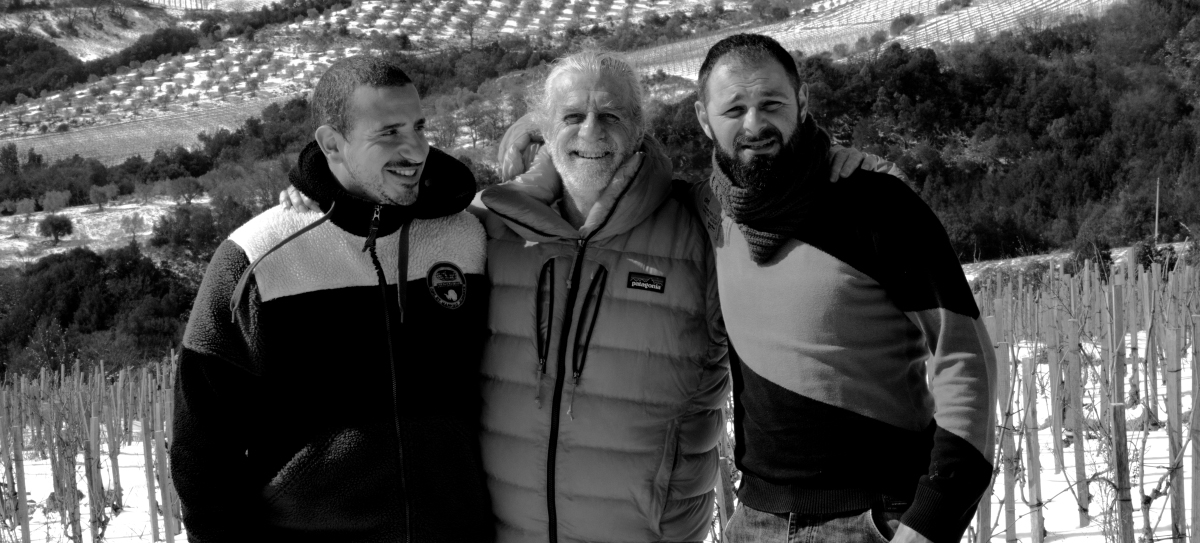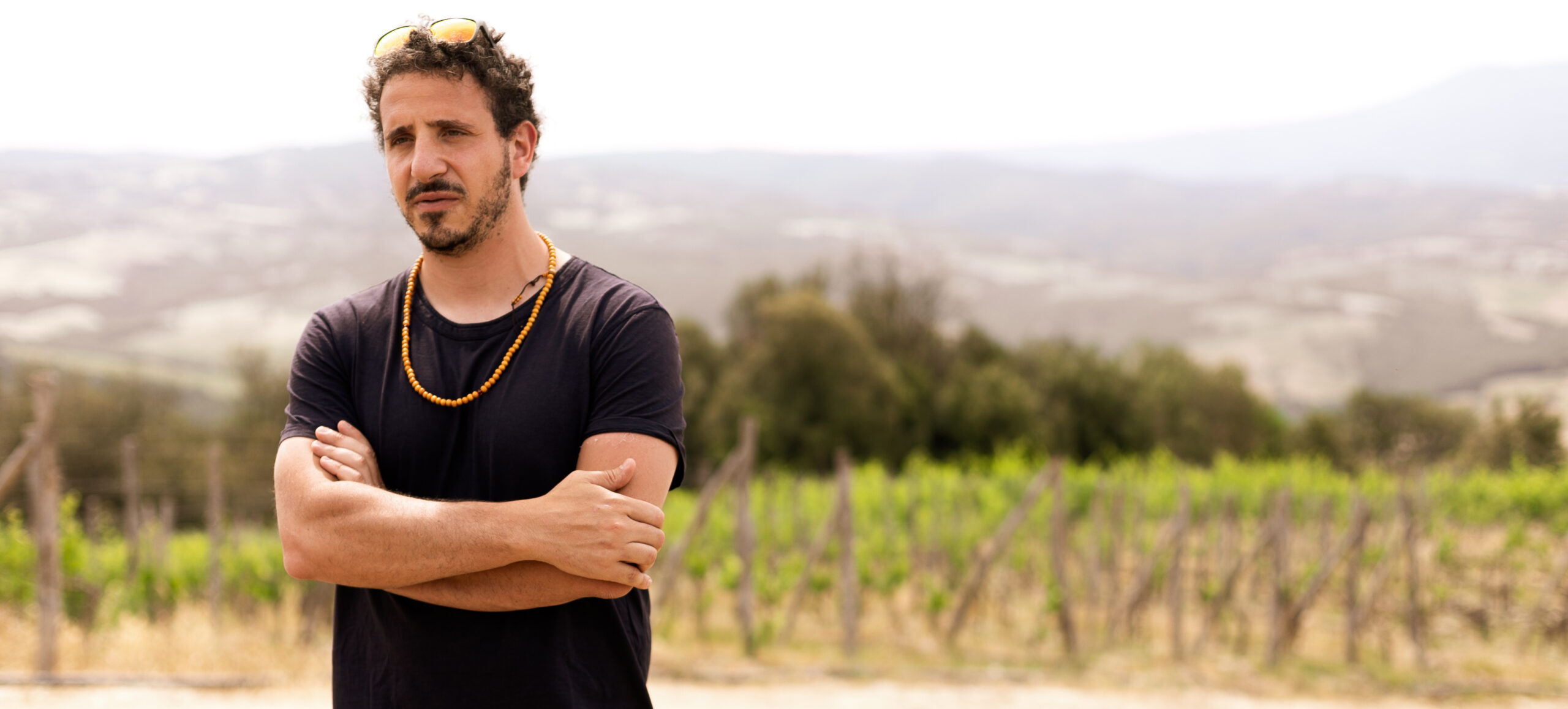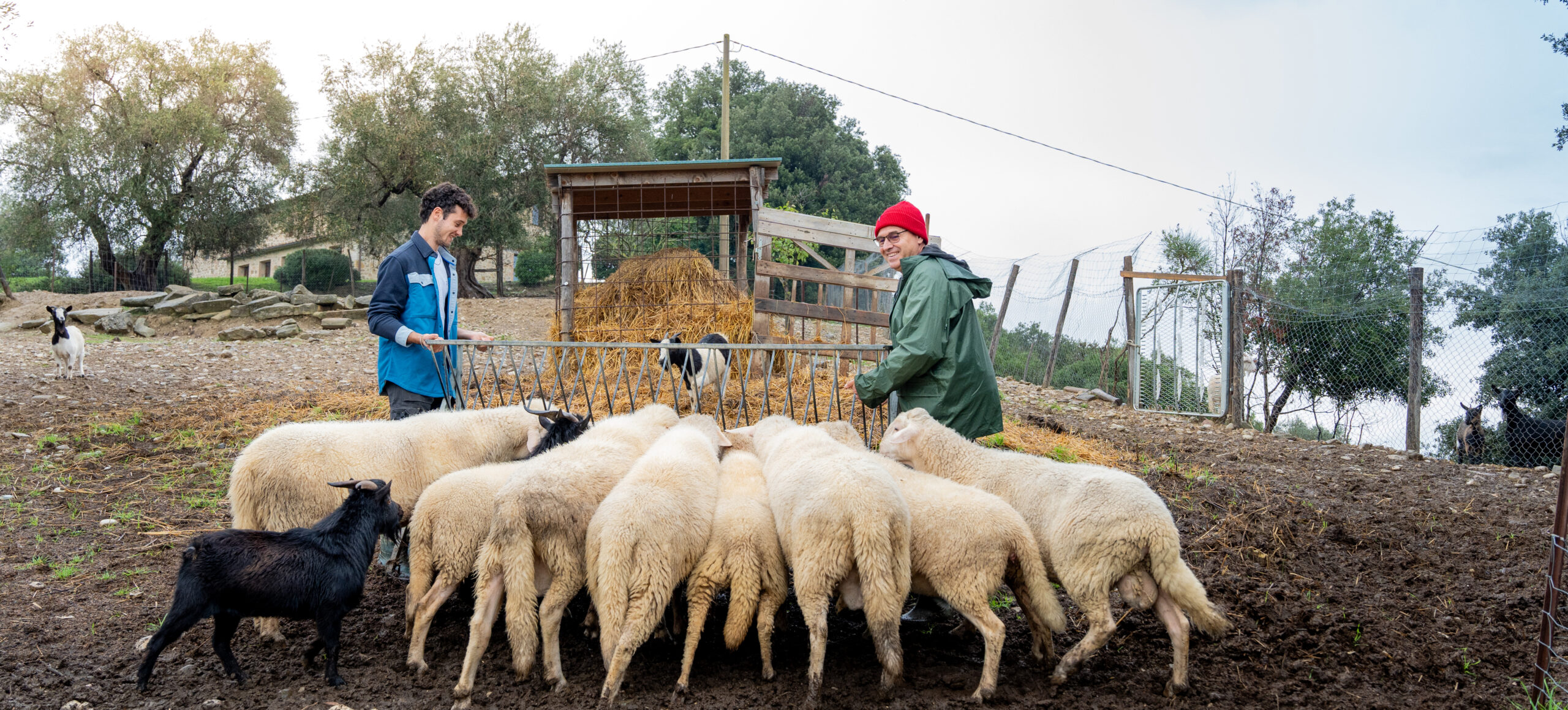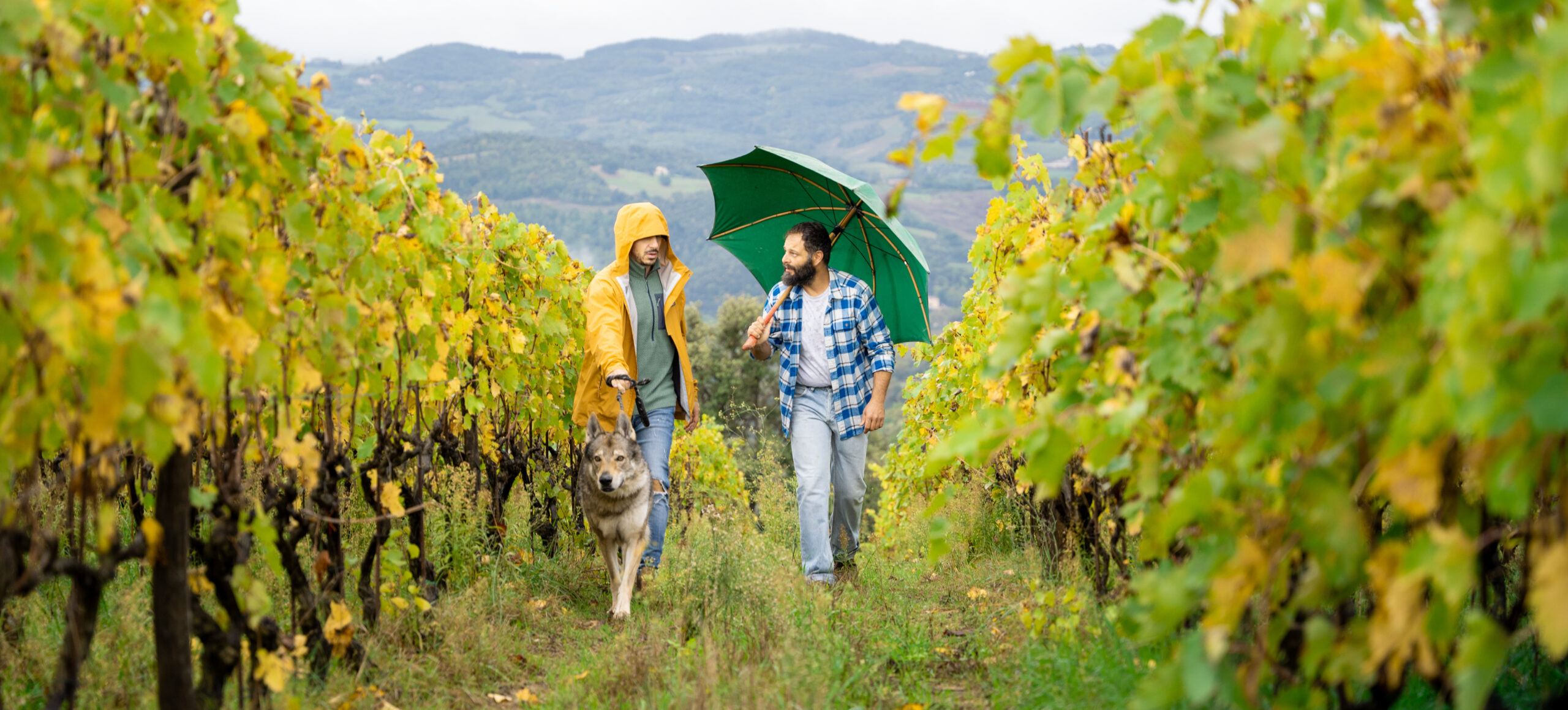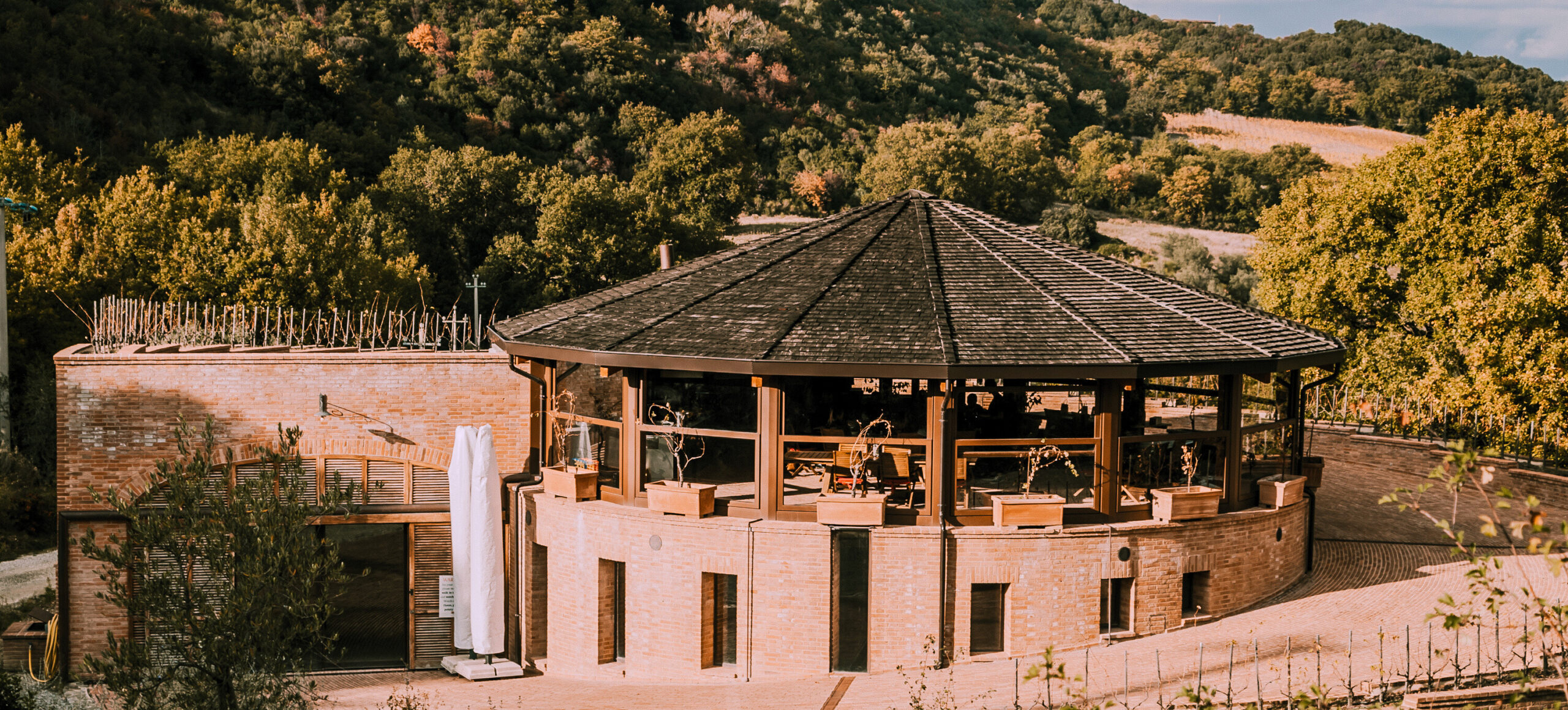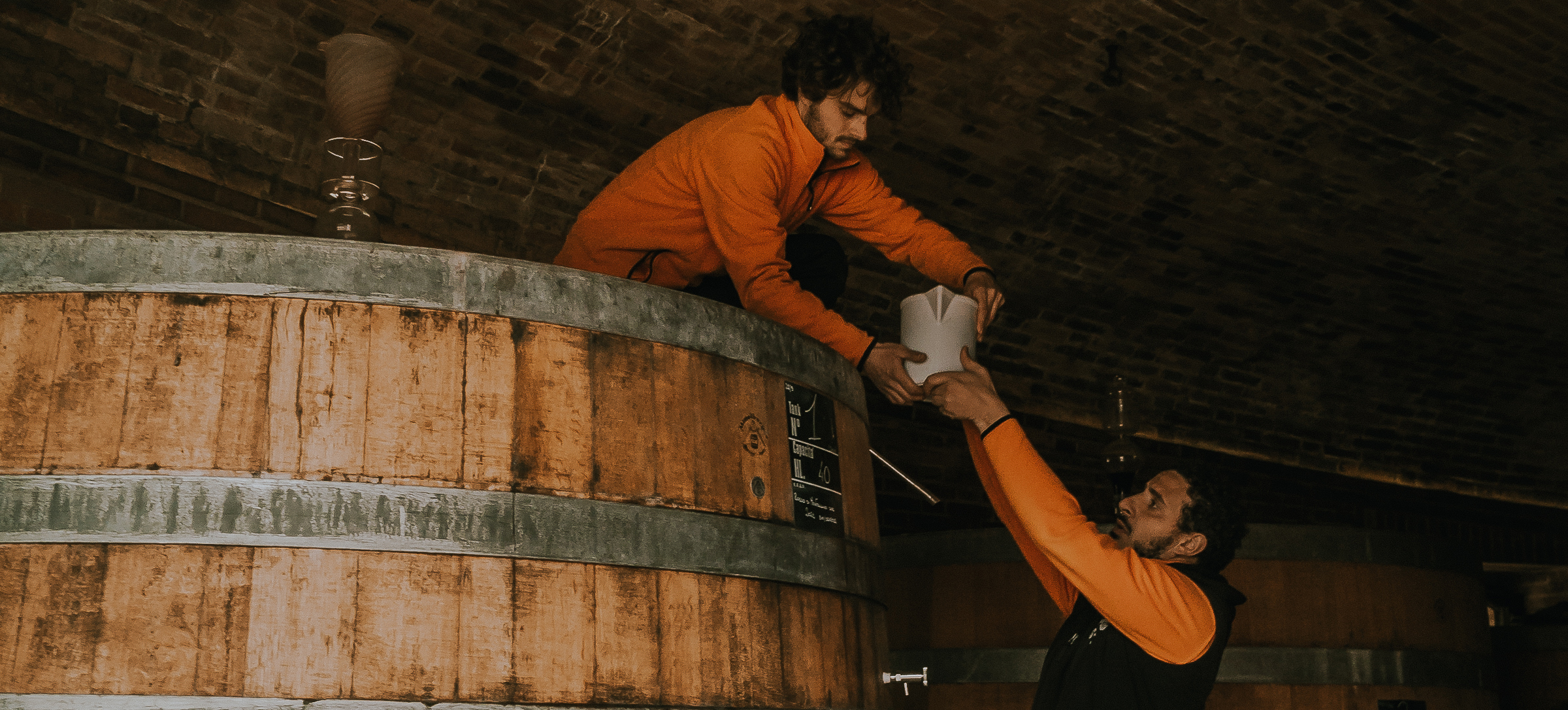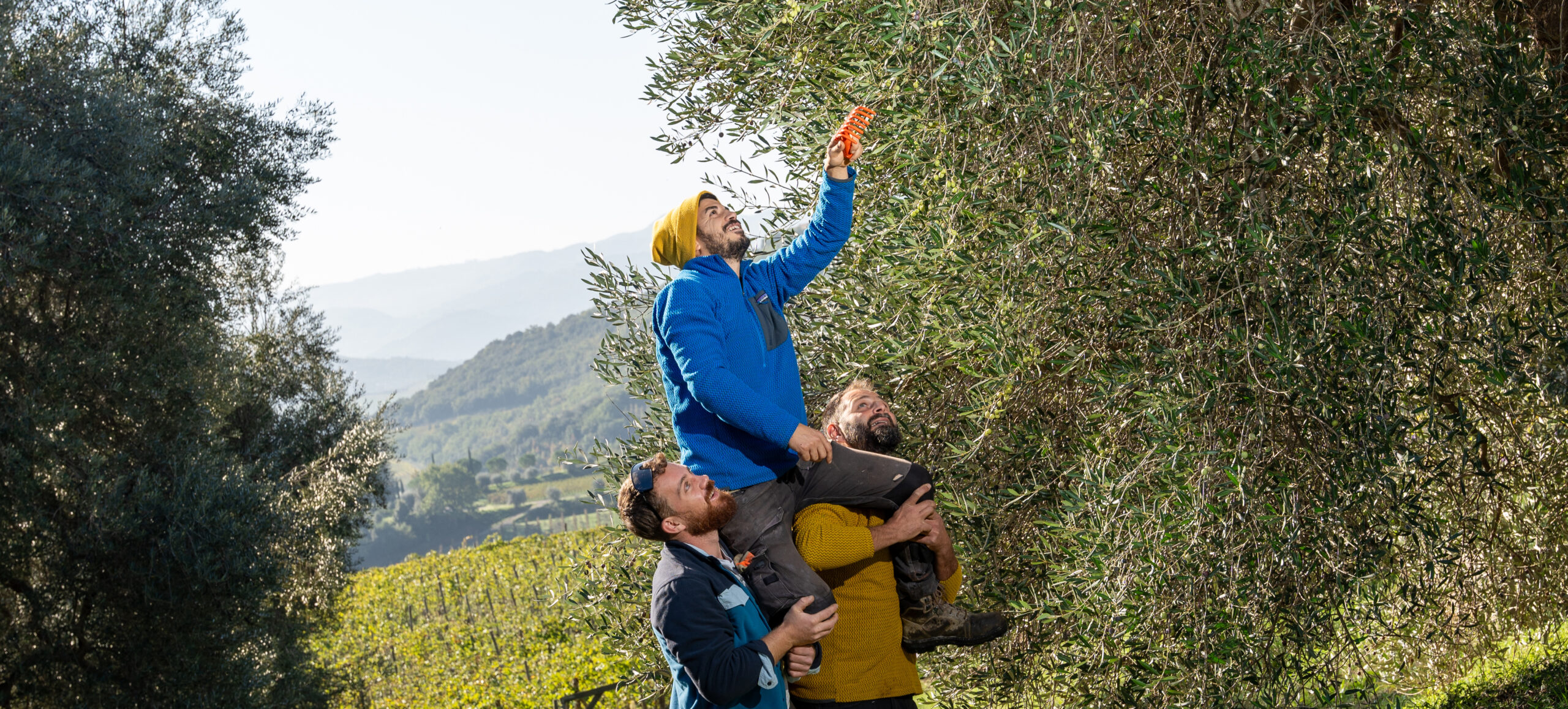Podere Le Ripi has its roots in the tradition of Tuscan agriculture, where grape growing and wine making were one facet of a diverse ecosystem and community. Le Ripi was founded in 1997 by Francesco Illy with the intention of developing a beautiful piece of land into a sustainable farm and winery. Francesco, of the Illy coffee family, has a background in coffee and advertising and is a celebrated nature photographer. He’s long been a lover of the wines of Montalcino, which drew him to the area. He was inspired to plant his first vineyard on the land in 1998 and harvested the first grapes in 2003. His decision to begin making wine was inspired by many of the great wineries of the area, though he brought a fresh outlook and surrounded himself with a dynamic team. That team is currently led by winemaker and director of the estate Sebastian Nasello, who joined Le Ripi in 2012 and became a partner in the venture in 2014. Today, the estate covers over 53 hectares of forest, vineyards, olive groves, gardens, orchards, and pasture.
While wine is their principal focus, the farm is made up of extensive gardens (six hectares), an apiary, olive groves, orchards, and pasture, home to a flock of sheep, goats, ducks, and geese. The farm has always worked naturally since its early days and, starting in 2010, began incorporating biodynamic practices into its work. In 2012, Le Ripi became Demeter certified biodynamic across the estate and is working towards preparing all their biodynamic treatments in-house. In addition to their vast array of interlocking projects, they have a wine bar on the property, called Vineria Aperta, which serves as both an option for visitors to the winery and farm, but also as an educational center for the almost 40 employees at Le Ripi. Both guests and staff can taste great wines from around the world, providing an incredible education. Vineria Aperta is also used as a site to host masterclasses from visiting wine professionals.
Community is a huge focus at Le Ripi. Most of the employees are young people from all over the world, who have come there to learn while working. Francesco and Sebastian are both incredibly supportive of their employees, empowering and providing opportunities and education. Some of their assistant winemakers have already started wine projects of their own. The Le Ripi project is almost like a vocational school where learning and working are intimately intertwined.
The biodynamically farmed vineyards are concentrated in two very different locations within the Montalcino appellation: in Castelnuovo dell’Abate in the southeast, and the very westernmost part of the appellation, in Camigliano.
Castelnuovo dell’Abate is situated between Monte Amiata to the southeast and the Montalcino ridge to the northwest. Both features protect vineyards from harsh weather while also channeling winds through the parcels which helps keep the fruit healthy and clean. The soil there is very high in clay and silt with oceanic origins dating back to a time when Montalcino was a literal island surrounded by the sea. The high soil pH and salinity leads to a Sangiovese with a particular depth and complexity. The Camigliano side, in comparison, is slightly cooler with taller trees and a strong influence from the nearby Ombrone River. The soils there are an alluvial mix of clay and sand. This area is especially important to the winery in warmer, drier vintages.
Worth mentioning, as well, is their Bonsai vineyard, a parcel which brought them much attention early in the winery’s history, though it is only currently a small percentage of their total holdings. Francesco was captivated by the idea of stretching the limits of what vine density per hectare could be. He imagined and set into motion a vineyard with incredible density (62,500 vines per hectare!). It is the densest vineyard in the world, with vines spaced at just 40 centimeters apart. The winery produces a small amount of wine from this vineyard, which is sold exclusively at the winery.
Such a thoughtful project centering on community requires a special cellar to transform their grapes into wine. Francesco’s son, Ernesto, an architect, designed a circular cellar made from over 750,000 hand-laid bricks. The idea was to create a circular structure with a gently downward sloping slope so that they could work more easily without the need for pumps, entirely gravity driven. Construction started in 2018 and was not completed until 2025. The cellar is referred to as the Golden Cellar as it was built using the golden ratio of architecture (1.618), which, in brief, is the principle of using specific proportions to create harmony and balance in design. They also refer to it as their pantheon, as the building was inspired by ancient Roman architecture. Adding to its impressive status, Ernesto began designing the building when he was only 20 years old!
Harvest begins in the east, in Castelnuovo and progresses to Camigliano, with their western, cooler vineyards. Harvest usually takes place in the morning when the grapes are cool, and all processes in the vineyard and cellar follow the biodynamic calendar.
Fermentations are spontaneous and very slow, sometimes lasting months or even years. Fermentation is typically in cone-shaped Vosges oak vats. If the fermentation slows for some reason, they will fill and seal the vat with the skins and do a “Capello Sommerso” or submerged cap method typical in Piedmont. They use very small amounts of sulfites – the minimum necessary for each wine. Aging is typically done in large oak cask, up to 40 months, though sometimes just 24-26, depending on the vintage. They treat each vintage individually and avoid strictly following any recipe from vintage to vintage. When they feel the time in oak is sufficient, they move the wine into concrete vats where the wine can settle for a period before bottling.
Le Ripi produces the classic selection of Montalcino wines: Rosso di Montalcino, Brunello di Montalcino as well as single vineyard wines. In addition, they also produce three compelling and complex everyday wines in their Attenti al Lupo (Watch out for the Wolf!) Sangiovese, Cappucetta Rosa rosato (Cappucetto Rosso means Little Red Riding Hood in Italian), and Canna Torta skin-fermented white. Canna Torta means “crooked barrel” and refers to a hunter with bad aim. The three entry-level wines are all low-sulfur, natural wines that are focused and pure. They are everyday wines that have character and nuance but are friendly enough to be immensely drinkable. The Canna Torta normally sees about seven months on the skins in terracotta, though occasionally there is much less time on the skins. The Rosso and Brunelli have incredible energy and elegance, with beautiful, pure, ripe fruit.
Podere Le Ripi is a very special place. Not only is it a beautiful location, with a striking and unique winery and gorgeous views, but it is also a beautiful community. A group of people working together to make pure, incredible wines (and olive oil, vegetables, honey, etc) with a sense of place.
